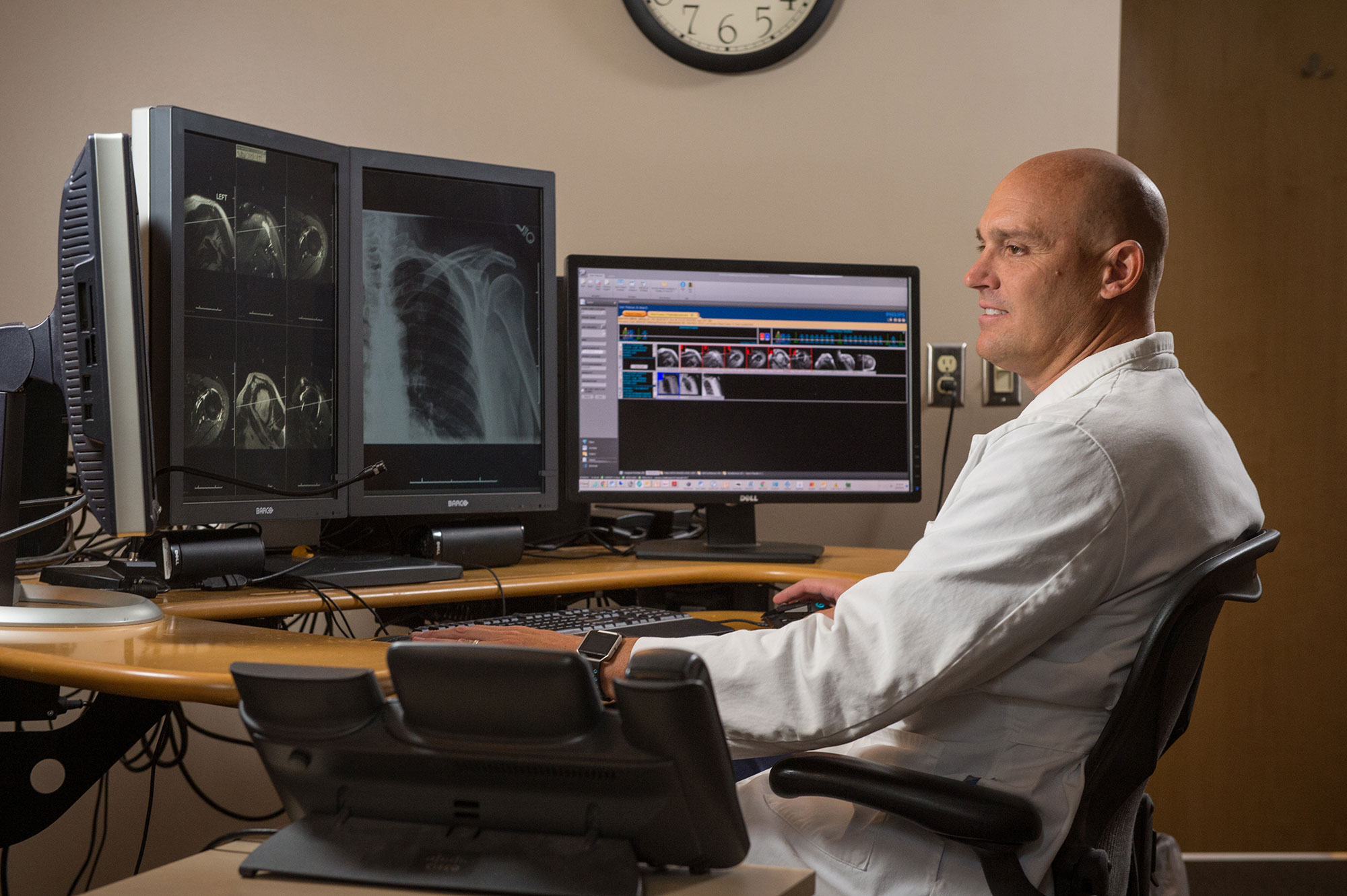BREAST MRI
Magnetic resonance imaging (MRI) is a powerful tool in the diagnosis of breast cancer. Its high-resolution imaging provides superior views of abnormalities in the breast that might otherwise go undetected by other imaging technologies. In fact, the American Cancer Society recommends MRI exams in addition to annual mammograms for women at an especially high risk for breast cancer.
Inland Imaging’s dedicated high-resolution breast MRI and biopsy table features the very latest in breast MRI technology,
providing maximum patient comfort and superior image quality.
What should I expect?
For a breast MRI exam, you will lie face down on the specially designed breast MRI table, which is configured to allow the breasts to be positioned comfortably through two openings called breast coils. Sometimes, patients are given a contrast material through IV, which improves viewing of the targeted area.
A Breast MRI without IV Contrast takes approximately 45 minutes. For a Breast MRI with IV contrast, expect the exam to take 45-50 minutes.
How do I prepare?
Wear loose, comfortable clothing. You will be given a gown to wear during your study.
Leave metal objects at home. This includes jewelry, eyeglasses, dentures and hairpins. You may be asked to remove hearing aids and removable dental work.
Inform your physician and the technologist of prior surgeries, metal implants, pacemaker, or aneurysm clips.
Inform your physician if you are claustrophobic or unable to lie down on your stomach for an extended amount of time due to pain so that appropriate pre-medication can be ordered.
Notify the technologist immediately if you are a woman who is nursing or may be pregnant.


